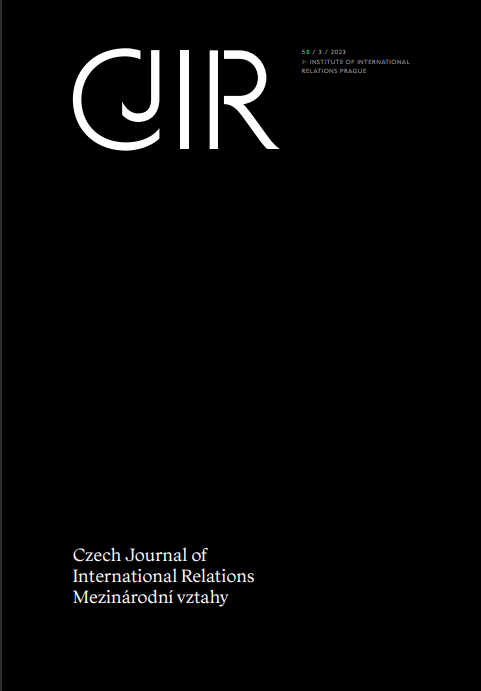Alliance Complements or Substitutes? Explaining Bilateral Intergovernmental Strategic Partnership Ties
Alliance Complements or Substitutes? Explaining Bilateral Intergovernmental Strategic Partnership Ties
Author(s): Ondřej RosendorfSubject(s): Politics / Political Sciences, Politics, Political Sciences, Geopolitics
Published by: Ústav mezinárodních vztahů
Keywords: strategic partnership; alliance; alignment; informal institution; soft balancing; reassurance;
Summary/Abstract: Since the end of the Cold War, informal security cooperation has been on the rise. Besides formal alliances, states are increasingly establishing so-called “strategic partnerships”. This new form of security cooperation is currently under-researched, although governments consider it an important foreign policy tool. We do not yet know whether security interests are the basis of these arrangements or whether strategic partnerships function as substitutes for or complements to formal alliances. This article addresses both issues by analyzing a new dataset on strategic partnerships with the involvement of G20 countries. I find that two or more states are most likely to be tied by partnerships when the presence of a common threat coincides with the absence of their joint membership in a formal alliance. However, states parties to a formal alliance with a lower commitment, such as a consultation, neutrality, or non-aggression pact, are also likely to be tied to each other by partnerships when they face a common threat.
Journal: Czech Journal of International Relations
- Issue Year: 58/2023
- Issue No: 3
- Page Range: 7-41
- Page Count: 35
- Language: English

